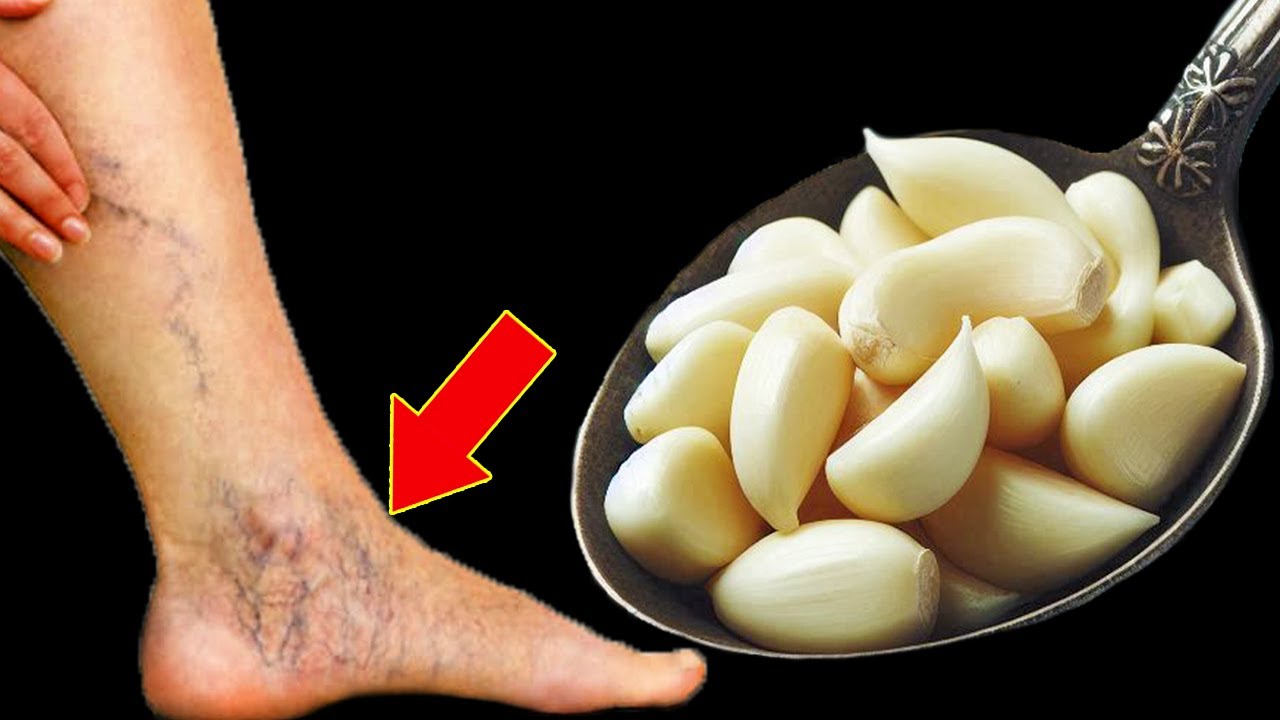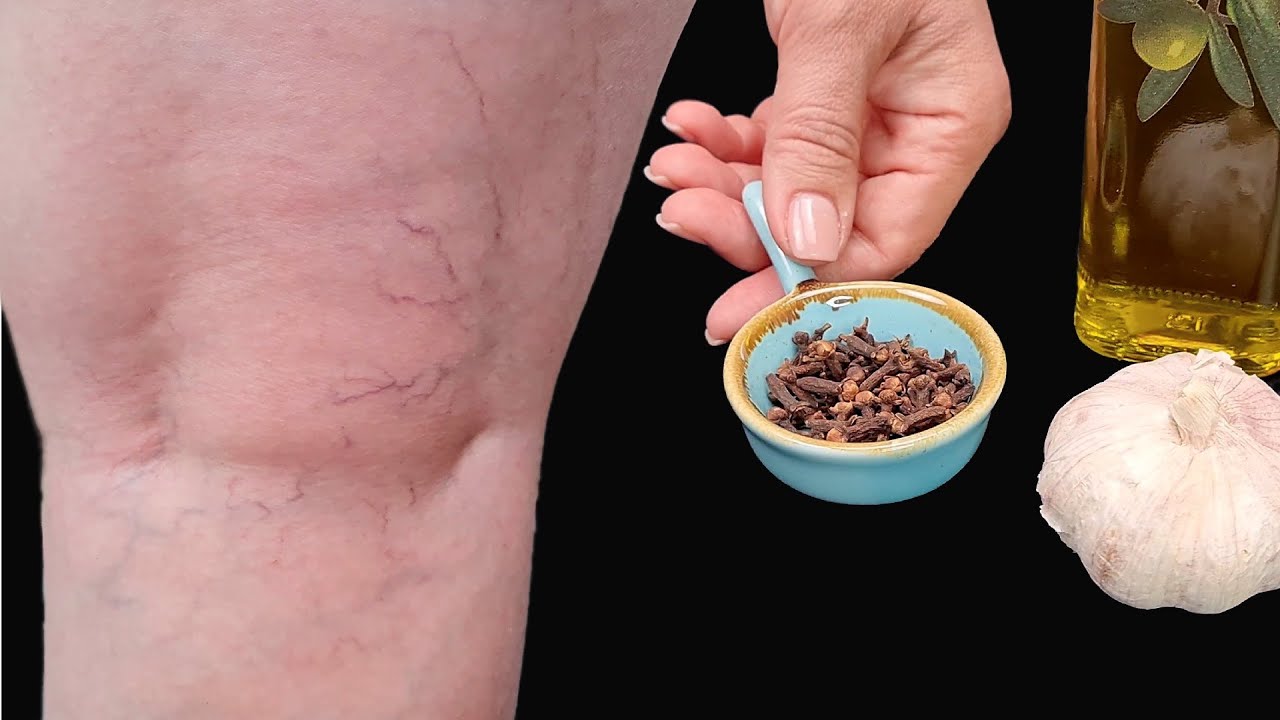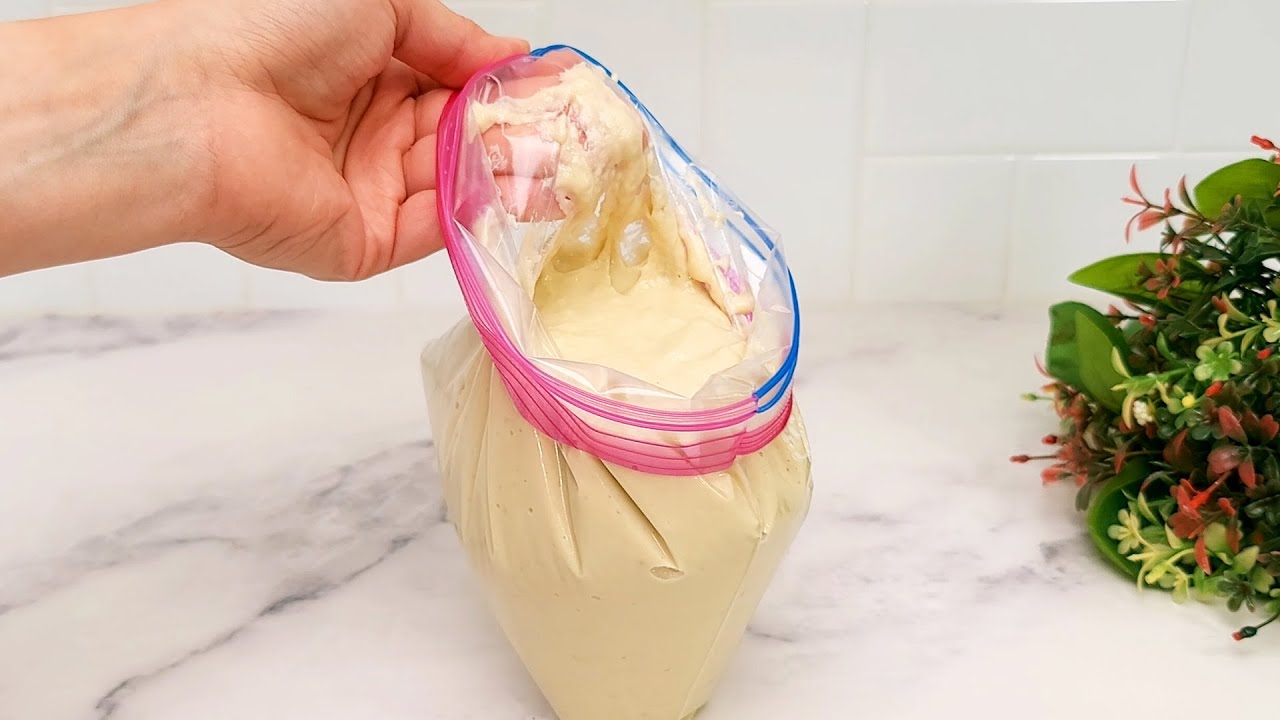
Have you ever wondered how to choose the best oranges at the market? A trick passed down by experienced fruit farmers can make all the difference in selecting oranges that are not only sweet but also brimming with juice. It involves a simple visual assessment that everyone can use to pick the perfect “male” orange for that delectable, refreshing taste.
The Trick to Picking the Best Oranges
The term “male” orange is a colloquial way some farmers differentiate between less and more desirable fruits, but it’s not scientifically accurate as fruits don’t have genders. However, the method revolves around identifying characteristics that typically indicate an orange is ripe, juicy, and sweet.
Look for the Navel
One key feature to look for is the navel of the orange, which is the area opposite the stem. Here’s what you need to know:
-
Shape and Size: A smaller, more pronounced navel on an orange often indicates a sweeter, juicier fruit. This is because these oranges typically have thicker skins with more space for the juicy segments inside.
-
Texture of the Skin: Choose oranges that have smoother skin. Rough, bumpy oranges might be tasty, but smooth-skinned oranges often have a thinner rind and more flesh inside.
-
Heaviness: When picking up an orange, feel its weight. Oranges that are heavier for their size are usually juicier. This is a reliable indicator that the fruit has a high water content, which translates to more juice.
Color and Firmness
-
Vibrant Color: Look for oranges with a consistent, vibrant color. Avoid fruits with splotches or a significant amount of green, as these may not be fully ripe.
-
Firmness: The orange should feel firm to the touch but not hard. Overly soft oranges might be past their prime, while very hard oranges might not be ripe enough to eat.
Additional Tips
-
Seasonal Buying: Knowing when oranges are in season in your area can greatly enhance your chances of picking a sweet one. Oranges are typically in season in the colder months, from November through March in most climates.
-
Avoid Imperfections: While a few spots aren’t usually a concern, avoid oranges with blemishes, bruises, or soft spots. These could indicate that the orange is overripe or has been damaged.
Conclusion
Next time you find yourself in the produce aisle, remember these tips to select the best oranges. Checking the navel, assessing the weight, and considering the skin’s texture and firmness can lead you to choose an orange that is not only sweet and juicy but also perfect for your needs, whether you’re making juice or looking for a delicious snack.





